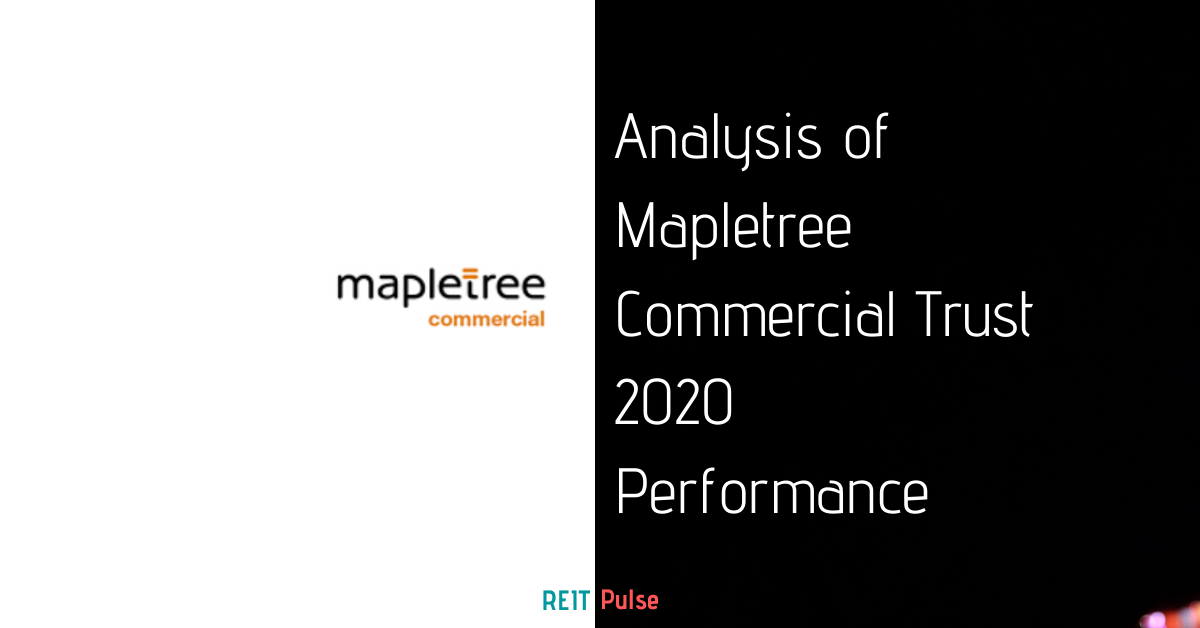
Every individual has their own investment style when it comes to investing. Some may prefer to invest in stocks while some may be inclined to invest in riskier assets such as cryptocurrency and etc. There is no right or wrong when it comes to investment and it very much depends on your investing style and appetite.
This brings us to another topic which is commonly asked when it comes to investing in REITs. Should you dollar cost average or lump sum invest? This is the topic which we will discuss further in this post.
If you are looking for a straight-up answer; this post is not for you. The goal of this post is really to explain what dollar cost averaging and lump sum investing are. Hopefully, it will help you decide and incorporate it into your REIT investment.
What is Dollar Cost Averaging and Lump Sum Investing?
So what is this dollar cost averaging and lump sum investing we often hear of?
Dollar cost averaging is an investment approach whereby you make a regular and recurring investment over the long term. For instance, you set aside $100 from your salary each month to be automatically invested into stocks. This is a strategy aimed to reduce the volatility of stocks price.
Lump-sum investing is an approach where you accumulate a lump sum capital before investing in it. This approach allows investors who have a huge sum of readily available money to begin investing.
To help illustrate both this concept better, here is an example on how dollar cost averaging work out as compared to lump-sum investing.
| Monthly Investment ($) | Price per unit ($) | No. of shares | |
| Jan | 100 | 2.00 | 50.00 |
| Feb | 100 | 1.50 | 66.67 |
| Mar | 100 | 1.20 | 83.33 |
| Apr | 100 | 1.10 | 90.91 |
| May | 100 | 1.50 | 66.67 |
| Jun | 100 | 1.80 | 55.56 |
| Jul | 100 | 1.90 | 52.63 |
| Aug | 100 | 2.00 | 50.00 |
| Sep | 100 | 2.10 | 47.62 |
| Oct | 100 | 2.20 | 45.45 |
| Nov | 100 | 2.30 | 43.48 |
| Dec | 100 | 2.40 | 41.67 |
| Total | 1200 | 693.98 |
Assuming you have a total of $1,200 to invest whereby you can opt to lump-sum invest all at once in January at a price per unit of $2. This would give you a total number of 600 shares investing all at one. Compared that to dollar cost average it across a period of 12 months where you make a regular $100 investment per month, you would have approximately 693 shares by end of the year.
Now that would be a totally different story of you would have lump sum invested back in April at a price of $1.1 as it would give you 1,090 shares. But here’s the thing, you will never be able to time the market.
Advantages and Disadvantages
Now that we know more about what dollar cost averaging and lump sum investing, let’s look into the advantages and disadvantages of both of them.
Dollar Cost Averaging
| Advantages | Disadvantages |
| 1) DCA is very easy to start given that you do not need a huge capital to kickstart. Investing $100 is less daunting and more feasible as compared to investing $5,000 in one go. | 1) High fees involved. Typically, investors are charged a certain % of fees each they invest. By dollar-cost averaging, your total transaction fees might potentially be higher. |
| 2) It would instil and develop saving habits. Committing a small sum of amount on a regular basis will instil a savings habit. Most individuals spend their take-home pay and save the remaining (if any left). By DCA, you could have set a regular fixed payout to a certain fund on a regular basis. | 2) Losing out on opportunities if you have readily available funds to invest in. Say you have $12,000 readily available to be invested, DCA $1,000 per month will result in you losing out potential gains for the remaining $11,000 yet to be invested. Not forgetting potential dividends. |
| 3) There is no need to time the market. Face it, no investors will be able to time the market. Let the dollar cost averaging approach plays it out |
Lump-Sum Investing
| Advantages | Disadvantages |
| 1) Leverage on the power of compounding and let your investment grow over time | 1) Harder to kickstart investing habit. There are many factors which would influence your investment decision such as whether this is the right time to enter the market and etc. Which often time cause us to procrastinate given that the investment sum would be comparably huge. |
| 2) Lower transaction fees incurred as compared to dollar cost averaging investing (assuming that the investment made is on individual stock) | 2) Timing the market. Most people who are looking to invest lump sum will often time try to time the market. “Buy Low, Sell High”. But the problem is that you will never know when is the lowest point or the highest point. |
| 3) Utilising idle cash. Lump-Sum investing is suitable for those with a huge sum of capital ready to be invested. Rather than letting it sit idle, lump-sum investing allow them to make good use of the opportunity. | 3) Risk of investing at a high point. Unlike DCA where you invest a regular sum each month, lump-sum investing is risky given that there is a risk that you invest at the high point and it further dropped to a lower point. Given that you have invested a huge sum, your portfolio will be at the red zone which may take some time to pick up. |
| 4) You get to control when to invest. If you are someone who is good at technical analysis, lump-sum investing gives you the flexibility to decide when and how much you want to invest. |
There is no right or wrong approach in regards to both the method above, The idea is to understand what each of this style encompass and incorporates it into your investing routine.
How to get started with dollar cost averaging
As much as you want to get started with dollar cost averaging, there is one thing you should consider if you are intending to DCA over individual stocks. Unlike lump-sum investing where you can practically start out with any brokers, it does not make sense to dollar cost average across individual stocks.
Here’s why it does not make sense to dollar cost average in individual stocks
Firstly, investing in individual stocks will involve brokerage commission fees of which there is a minimum charge (i.e $10 per transaction). Investing over a period of 12 months will also mean that you would incur a total of $120 p.a at the minimal. Which mean that you would have to invest more to reduce the commission fees ratio. Otherwise, a $10 commission on a $100 investment would mean that you paid 10% commission per trade.
This brings us to the next point. As much as you would want to invest in small sums, it is not exactly possible on individual stock given that there is often the minimum amount of shares you need to buy (1 lot or 100 unit). This means that you cannot exactly invest in a small sum
Thirdly, by DCA on individual stocks on a regular basis, you will not able to diversify your portfolio given that you do not have a huge capital to go about. Furthermore, it does not make sense to DCA on multiple stocks given the commission fees that will be incurred.
So how can you dollar cost average
There are a few ways can dollar cost average effectively. The first is by checking with your banks if there is any regular savings plan for you to opt-in with of which usually is invested in a certain fund, exchange-traded funds or even unit trust.
Another approach you can look into which are getting huge popularity in the recent years is Robo advisors. Robo Advisors such as StashAway and Syfe allow investors to make a regular investment into their fund. For instance, Syfe has a REITs fund where they invest in a basket of Singapore REITs giving investors the opportunity to own the REITs while collecting dividend income.
Regardless of your choice, the key factor to watch out for is the transaction cost. It may seem minimal but these fees would add up to a sizeable amount in the long run
Which is better?
There is really no right answer to this. It very much depends on your approach as an investor. For instance, if you are generally a passive investor, dollar cost average might be attractive to you given the passive nature of the investment. Also, DCA allows you to start practically anytime with a small amount of capital.
Lump-Sum investing on the other hand would work well for investors who are more active in investments. If you like to control what you invest and when to invest, this might be a great approach.
If you opt for dollar cost averaging, the most cost-efficient ways is to do it through a regular savings plan or Robo advisor. This would allow you to reduce the cost as compared to purchasing individual security every month.
Going for lump sum investment would apply the same as well but since you are not investing regularly, the key thing is to find a cheap broker to help minimise your overall transaction cost.
Incorporating both dollar cost averaging and lump sum investing
Having discussed the benefits of both dollar cost averaging and lump sum investing, there is no one best strategy. One way is to incorporate both these two strategies into your investments. If you already have a huge amount of capital on hand, it would make sense to invest lump sum or tranches to leverage in the compounding effect. Subsequently, you can always choose to make regular top-ups on a monthly basis.
Regardless of dollar cost averaging or lump sum investing, the important thing is to get started to leverage on the power of compounding. Of course, it is always important to do proper due diligence before you invest.
REIT Pulse is a platform launched to help individuals get started with REITs investing. If you are just getting started, feel free to read more of our REIT Guide and REIT Analysis. You can also read more about what REITs are if you are new to REITs.
Do join our community over at Facebook and Instagram.





